
A blog focusing on 1/64 diecast from such popular brands as Hot Wheels, Matchbox, Johnny Lightning, M2 Machines, GreenLight, Tomica, Yat Ming, Majorette, MotorMax, Siku, Corgi, Guisval, Playart, Ertl, Zylmex, Racing Champions, & many more. Swifty's Garage features a daily Car Of The Day and news updates from your favorite brands!
Tuesday, January 4, 2011
Taxi Of The Day: January 4, 2011
Today's car of the day is Maisto's 1992 Chevrolet Caprice.
The Chevrolet Caprice and Caprice Classic are full-sized automobiles produced by General Motors in the United States and Canada from 1965 through 1996 model years and in Mexico from 1977 through 1983.
Throughout its life, the Caprice was the most expensive and luxurious model in the Chevrolet full-size car range, which during its lifetime also included the Biscayne, Bel Air and Impala. The Caprice will return to North America as a full-size, rear wheel drive police vehicle in 2011.
For more information and pictures of the real car please visit: Chevrolet Caprice Classic
This model represents everything that used to be right with Maisto. A nice realistic model of an everyday car. Good overall casting, nicely done interior, and clear glass. They've lost their way so badly since the days of gems like this one. Sure, its a bit rough around the edges (the excess casting over the taillight, for example) but considering I likely paid $.77 at Walmart for it, can we even fault that?
The 1991 model had a substantial restyle, and was awarded the Motor Trend Car of the Year award when it was introduced. It replaced the 1977-based rectilinear design with more aerodynamic sheetmetal, although the chassis frame and many other mechanicals were carried over from the previous model. Two trim levels were initially offered, base, and upscale Classic, replacing the previous Classic and Brougham models. While the Caprice was a larger car, General Motors hoped to join the trend towards aerodynamic styling and regain the top spot as America's favorite automobile.
The car's styling was outside the box (with many car aficionados calling it a "beached whale" and "an upside-down bathtub") and for 1993 there were some revisions, the most obvious being the removal of the skirted rear wheel wells in favor of more conventional, open wheel wells. This applied only to the sedan model; station wagons retained the skirted wheel wells until the end of production. The Caprice also received minor modifications to its C-pillars in 1995.
In 1994 the Caprice received the new-generation GM engines, including an optional detuned version of the Corvette's LT1 350 cu in (5.7 L) engine that put out 260 hp (194 kW) and 330 ft·lbf (447 N·m) of torque. The standard engine in all sedans even the 9C1 police cars, was the 200 hp (150 kW), L99 263 (4.3 L) V8. The LT1 was optional in the 9C1 police-package and standard in the wagon. The LT1 350 was standard in the civilian sedans, with the addition of the B4U towing package. The towing package also gave a heavy duty suspension nearly identical to the 9C1 police car suspension. 2.93 gears, heavy duty cooling, heavy duty rear drum brakes and positraction were standard with the towing package. The 265 (4.3 L) L99, and 350 (5.7 L) LT1 look nearly identical externally. Many 4.3 L99 equipped sedans are passed off as 5.7 LT1 cars. The 8th digit in the VIN number is the Engine code. W: 4.3 L L99, P: 5.7 L LT1. The 1994 Caprice's interior had a redesign which featured a Camaro steering wheel, digital speedometer and a new console.
In 1994 Chevrolet also revived the Impala SS name by upgrading the 9C1 (police package) with a special body-colored grille, spoiler, C-pillar trim, special interior treatment and 17" alloy rims made by ROH on BF Goodrich 255/50/17 tires. In 1995 the sedan's rear quarter windows were redesigned to match the style of the Impala SS, and new wing mirrors were fitted. In 1996, the Impala SS was improved by moving the shifter to the floor console and adding analog gauges as opposed to digital gauges in the standard Caprice.
The Caprice 9C1 with the LT1 engine became one of the fastest and most popular modern day police vehicles. This vehicle established such strong devotion by many police departments that a cottage industry thrived in refurbishing Caprices for continued police service after GM discontinued production of the car.
The last-generation Caprice was not well received by critics and did not hold on to high sales numbers. Eventually the car's production was stopped in 1996 for many reasons, including sales pressure from the smaller Chevrolet Lumina growing in size, financial troubles at General Motors and consumer demand shifting from full-sized family sedans to the increasingly popular sport utility vehicles. The Arlington, Texas vehicle assembly plant (used for Caprices, Buick Roadmaster, Oldsmobile Custom Cruiser, and Cadillac Fleetwood) use moved to produce the much higher margin SUVs GMC Denali and Yukon, Chevrolet Tahoe and Suburban, and Cadillac Escalade and Escalade EXT. In 1997, the Lumina LTZ would take the Caprice's place as Chevrolet's premium passenger car. Production ended on December 13, 1996.
Subscribe to:
Post Comments (Atom)

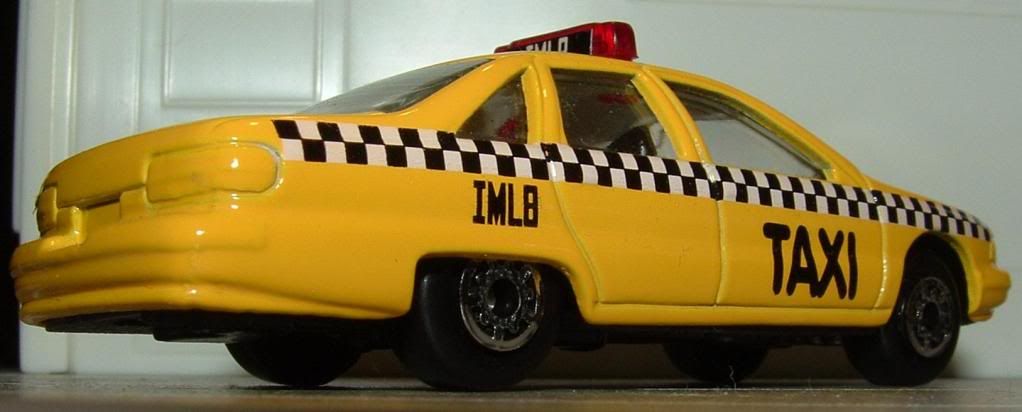
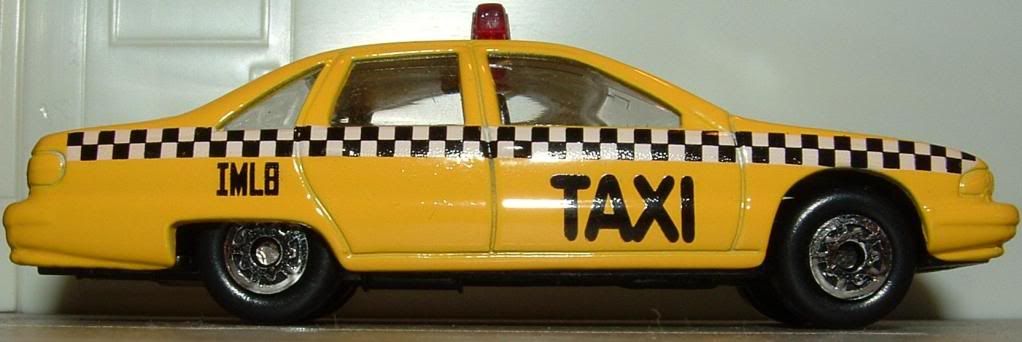
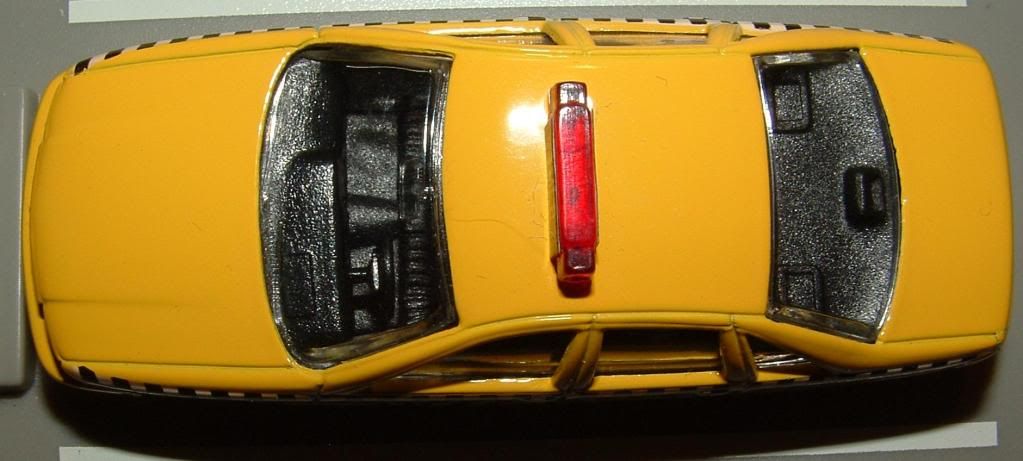
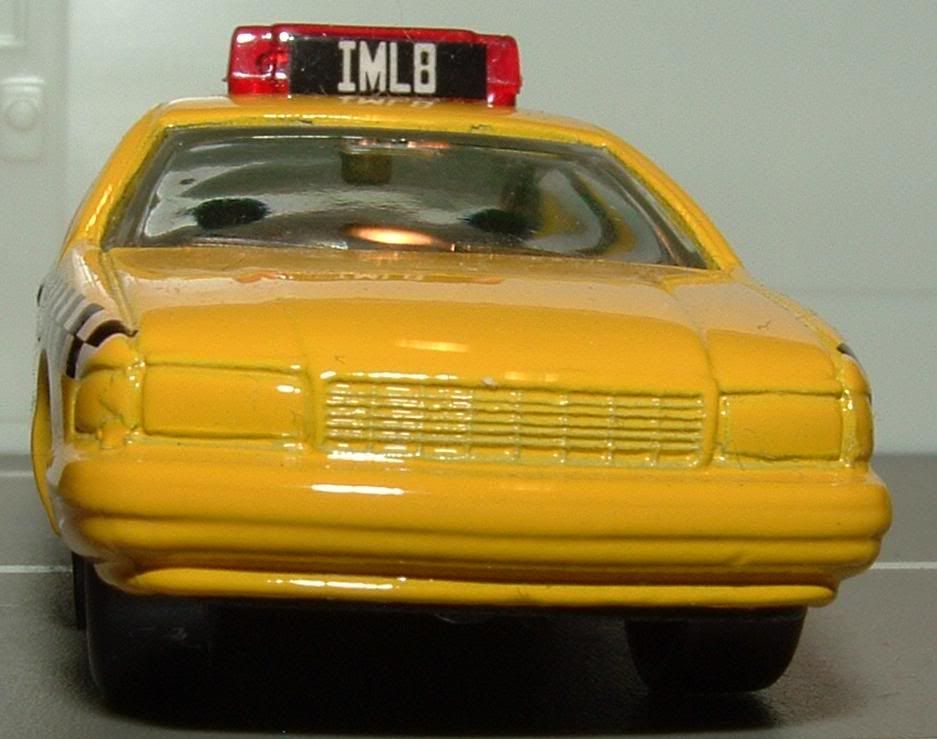
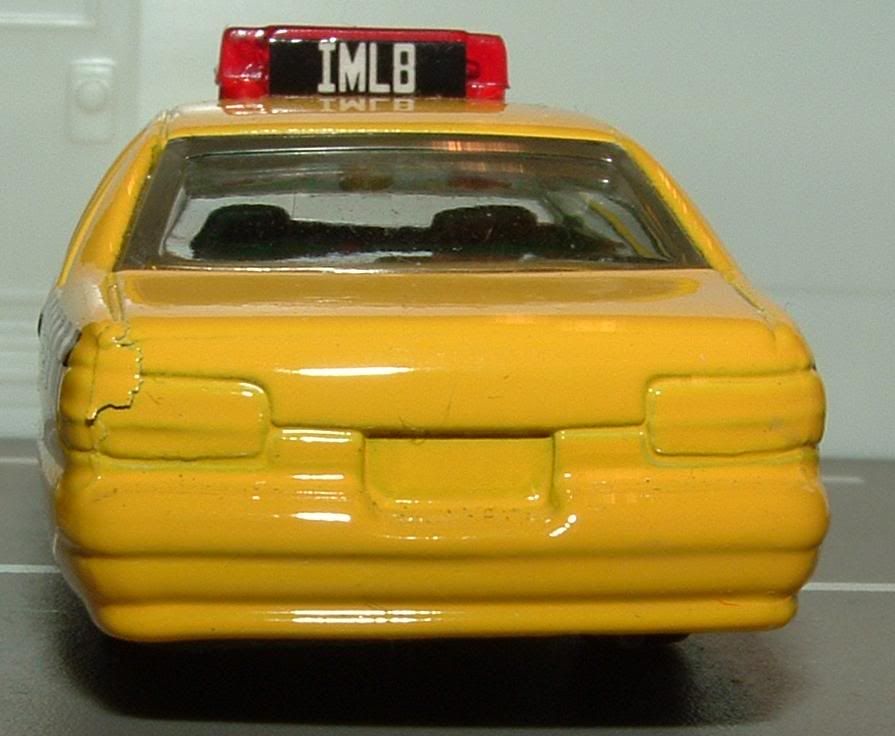
No comments:
Post a Comment